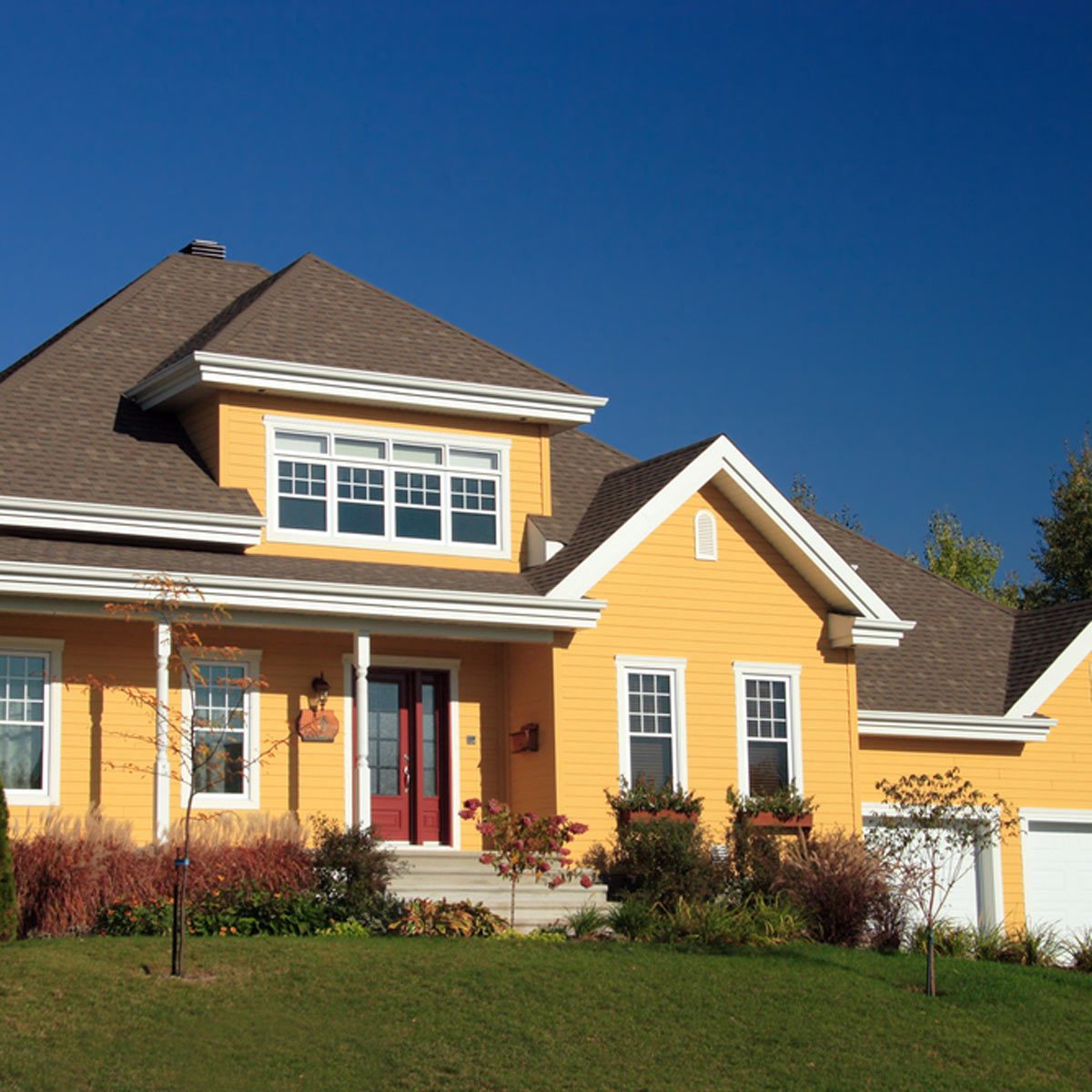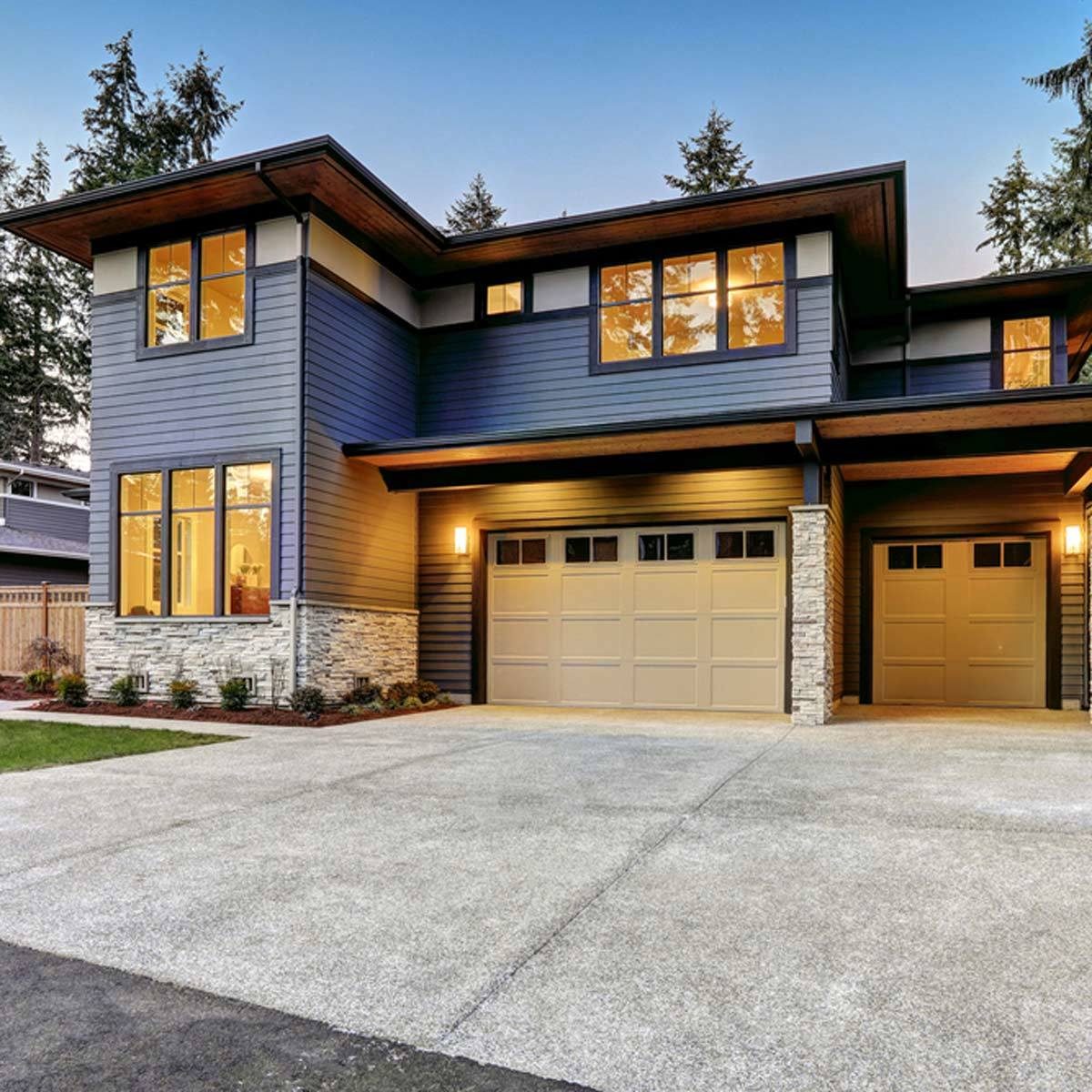Design Inspirations and Trends

Home colour design –
Home color design trends are constantly evolving, influenced by cultural shifts, technological advancements, and emerging lifestyles. By staying abreast of these trends, you can create a home that reflects your unique style and personality while remaining effortlessly chic.
Current Color Palettes
In recent years, there has been a shift towards warmer, more inviting color palettes. Earthy tones such as beige, terracotta, and olive green are becoming increasingly popular, creating a sense of coziness and connection to nature. Soft pastels like blush pink, lavender, and pale blue are also trending, adding a touch of femininity and tranquility to spaces.
Color Combinations
Designers are experimenting with bold and unexpected color combinations to create visually striking spaces. Jewel tones such as emerald green, sapphire blue, and ruby red are being paired with neutrals or metallic accents for a sophisticated and glamorous look. Monochromatic schemes, where different shades of the same color are used throughout a room, are also gaining popularity, creating a sense of harmony and cohesion.
Emerging Trends
One of the most exciting emerging trends in home color design is the use of biophilic colors. These colors, which are inspired by nature, have been shown to have a positive impact on our well-being. Greens, blues, and browns are all examples of biophilic colors that can bring a sense of calm and tranquility to your home.
Color Psychology and Home Ambiance

Color is a powerful tool that can profoundly impact our mood, behavior, and overall well-being. In the realm of home design, color choices play a pivotal role in shaping the atmosphere and ambiance of each room.
The psychological effects of different colors have been extensively studied, and there is a wealth of research that supports the following insights:
Color Temperature, Home colour design
Color temperature refers to the warmth or coolness of a color. Warm colors, such as red, orange, and yellow, are associated with feelings of energy, excitement, and passion. Cool colors, such as blue, green, and purple, evoke a sense of calm, tranquility, and relaxation.
The choice of color temperature can significantly influence the ambiance of a room. For example, a living room painted in warm colors can create a lively and inviting atmosphere, while a bedroom painted in cool colors can promote relaxation and sleep.
Practical Considerations and Implementation: Home Colour Design

Selecting and implementing color schemes in your home requires careful consideration of practical aspects. Here are some tips to guide you:
Consider the function of each room when choosing colors. Bedrooms should evoke relaxation and tranquility, while living rooms can be more vibrant and inviting. Kitchens benefit from colors that promote energy and productivity.
Coordinating Colors
To create a harmonious flow throughout your home, coordinate colors with furniture, accessories, and architectural features. Choose colors that complement each other and avoid overwhelming your space with too many contrasting hues.
Consider the size and shape of your rooms when selecting colors. Lighter colors can make small rooms appear larger, while darker colors can create a cozy atmosphere in spacious rooms.